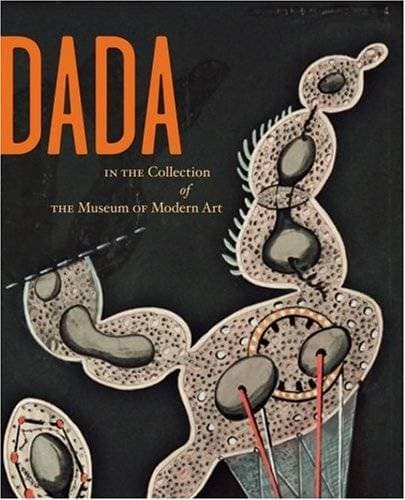Irrational Modernism: A Neurasthenic History of New York Dada
In Irrational Modernism, Amelia Jones gives us a history of New York Dada, reinterpreted in relation to the life and works of Baroness Elsa von Freytag-Loringhoven. Jones enlarges our conception of New York Dada beyond the male avant-garde heroics of Marcel Duchamp, Man Ray, and Francis Picabia to include the rebellious body of the Baroness. If they practiced Dada, she lived it, with her unorthodox personal life, wild assemblage objects, radical poetry and prose, and the flamboyant self-displays by which she became her own work of art. Through this reinterpretation, Jones not only provides a revisionist history of an art movement but also suggests a new method of art history. Jones argues that the accepted idea of New York Dada as epitomized by Duchamp’s readymades and their implicit cultural critique does not take into consideration the contradictions within the movement — its misogyny, for example — or the social turmoil of the period caused by industrialization, urbanization, and the upheaval of World War I and its aftermath, which coincided with the Baroness’s time in New York (1913–1923). Baroness Elsa, whose appearances in Jones’s narrative of New York Dada mirror her volcanic intrusions into the artistic circles of the time, can be seen to embody a new way to understand the history of avant-gardism — one that embraces the irrational and marginal rather than promoting the canonical. Acknowledging her identification with the Baroness (as a “fellow neurasthenic”), and interrupting her own objective passages of art historical argument with what she describes in her introduction as “bursts of irrationality”, Jones explores the interestedness of all art history, and proposes a new “immersive” understanding of history (reflecting the historian’s own history) that parallels the irrational immersive trajectory of avant-gardism as practiced by Baroness Elsa.
Данные книги
Лондон
2004
334 страницы
0262101025
Доступ по запросу
Да
Да
709.040 Dad
1
- Место встречи: Париж/ Meeting Place: Paris2011
- Символизм в изобразительном искусстве: Франция и Бельгия, 1870–19001994
- History of the Surrealist Movement2004
- Кубизм: художественный прорыв в Европе 1906–1926 / Kubismus: Ein kunstlerischer Aufbruch in Europa 1906–19262003
- Cubism2010
- Dada in the collection of the Museum of Modern Art2008
- Fauvism1996
- Surrealist Art2012
- Эстетизм2007
- Surrealism2004
- Inventing Futurism: The Art and Politics of Artificial Optimism2009
- The Bauhaus Idea and Bauhaus Politics1995












